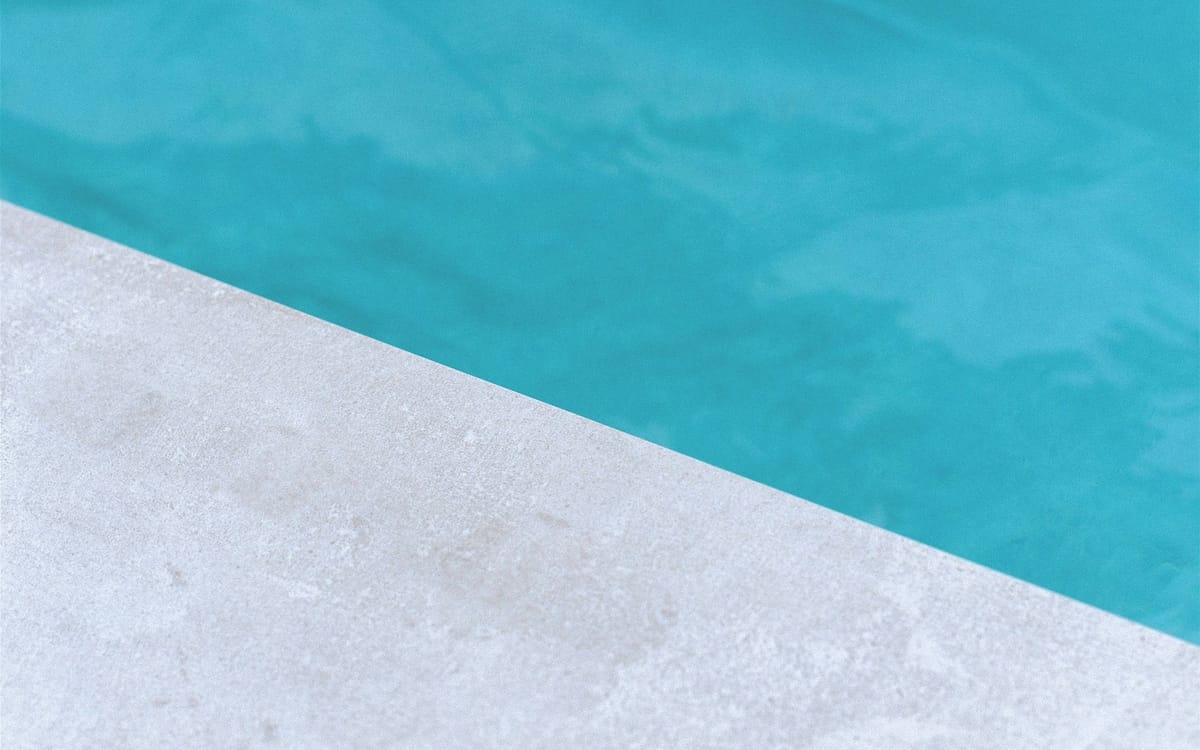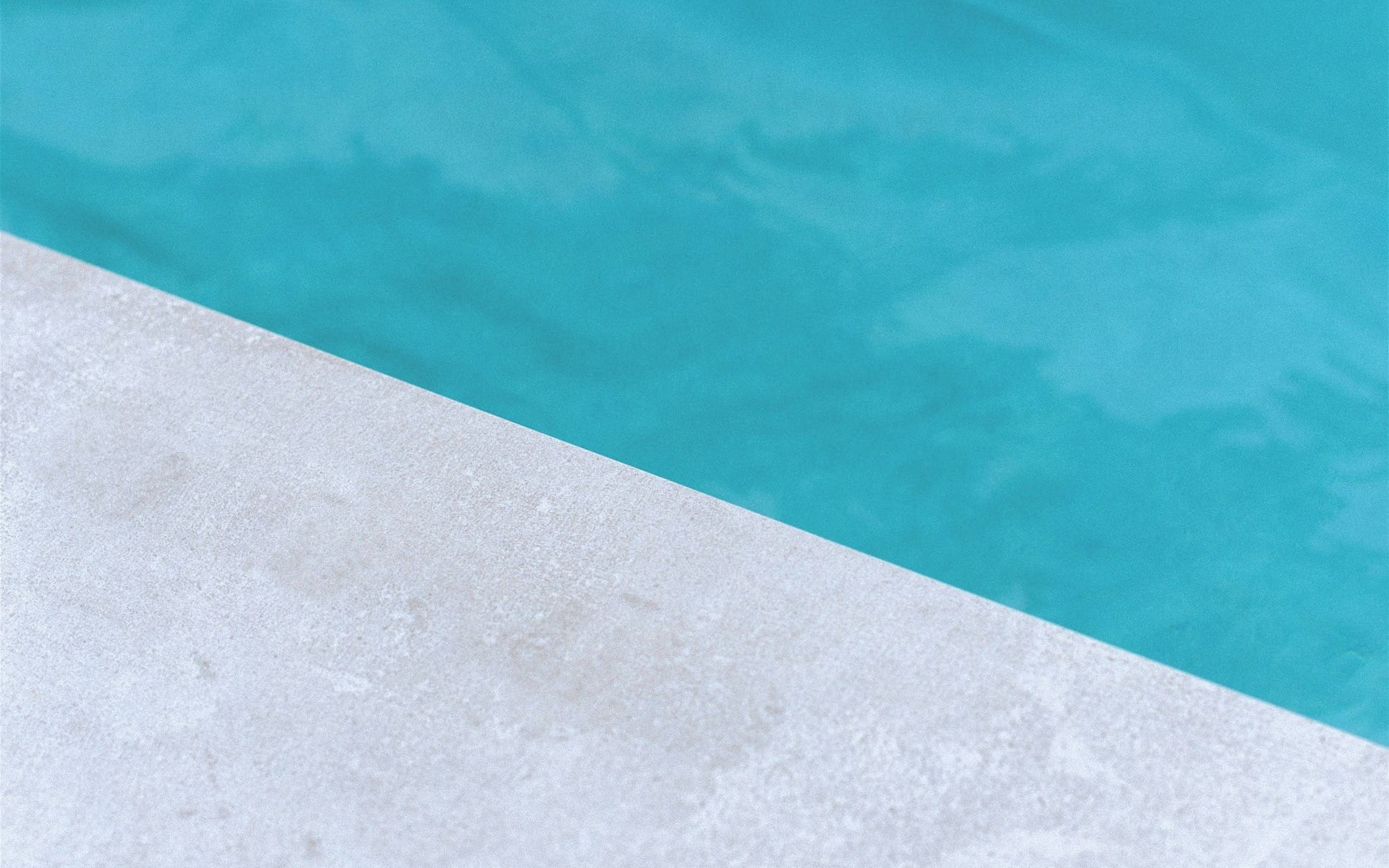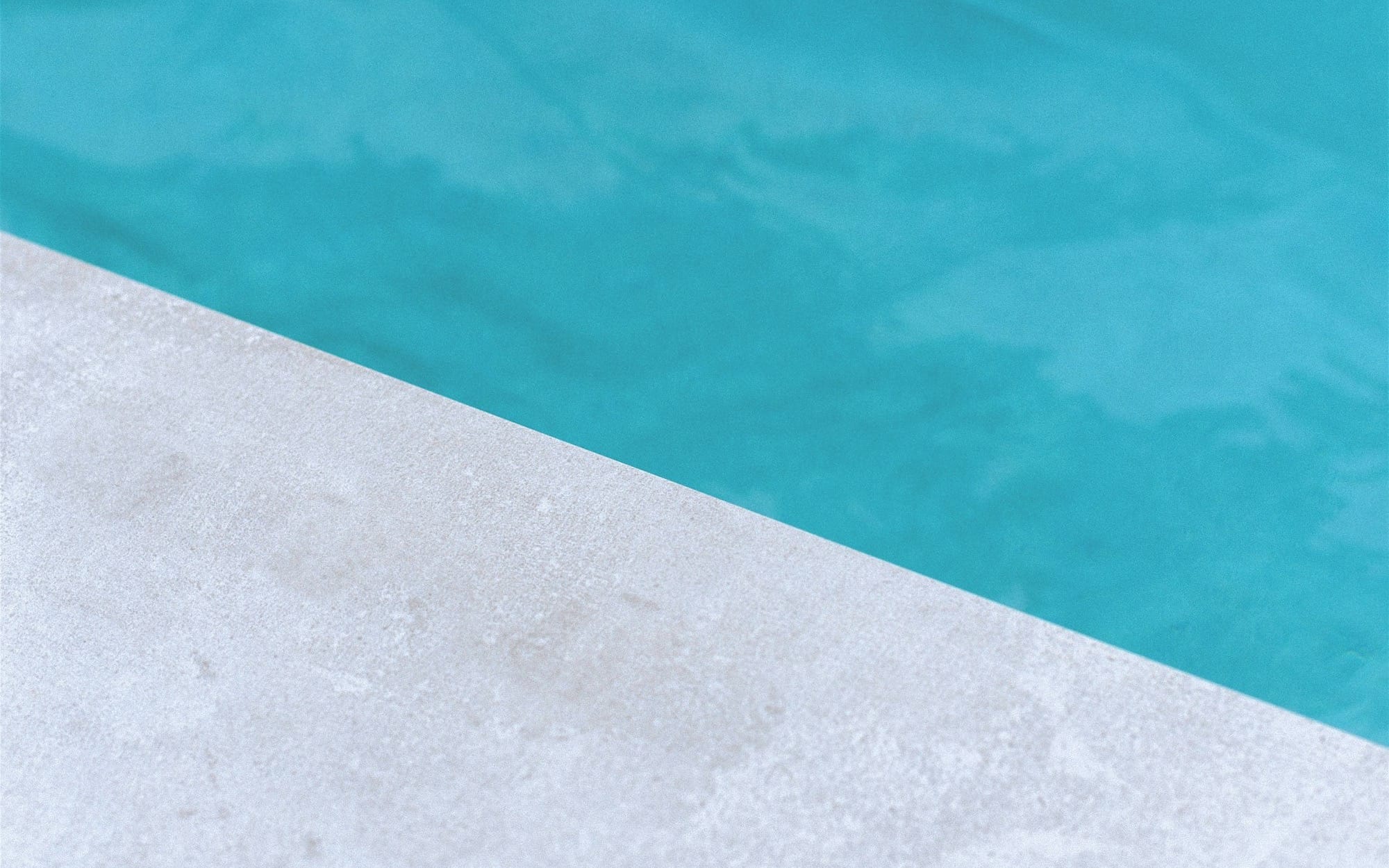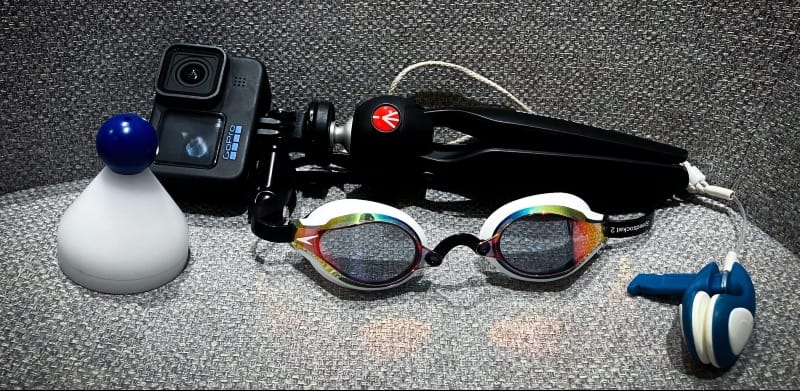Pool Training | Stop-Go with increasing static times
Stop-Go Training is a favorite drill of mine that blends static breath-holds with dynamic no-fins swims. It builds CO₂ tolerance, relaxation, and efficiency under stress. By combining both, it simulates real freediving challenges and improves endurance and technique. Try it out!

One of my favourite and joyful drills, that I incorporate into my training is Stop-Go Training. This method combines static breath-holds (the “stop”) with dynamic no-fins swims (the “go”) in one seamless flow, creating a workout that targets multiple aspects of freediving performance.
Stop-Go Training is straightforward but demanding. It starts with a static breath-hold to build CO2 tolerance and practice relaxation under stress. Immediately after the static phase, you transition into a dynamic no-fins (DNF) swim. This transition challenges your ability to maintain composure, manage your oxygen efficiently, and perform dynamic movements with precision even after a taxing breath-hold.
This training combines two critical freediving skills:
- Relaxation and Focus: The static breath-hold phase forces you to find calm while holding your breath, even as CO2 builds up.
- Efficiency Under Stress: Transitioning from static to dynamic requires energy conservation and excellent technique to avoid wasting oxygen.
Together, these components simulate real freediving scenarios, helping to prepare your mind and body for the demands of longer dives and this can be achieved on well-known shorter distances.
The structure of a Stop-Go session can vary based on your goals and current form. Start with a manageable dynamic swim and lengthen the static breath-hold phase over time.
Challenges and Benefits
While Stop-Go Training is incredibly rewarding, it’s not easy. The combination of high CO2 levels and physical effort can feel overwhelming, especially during longer sets. However, these challenges are exactly what make it such a powerful tool for building endurance, relaxation, and efficiency under stress. On the other hand, swimming shortly after relaxation can be very joyful and pleasant.
Here is my example training:
| Serie | Static breathold | Dynamic | Total apnea time | Rest |
|---|---|---|---|---|
| 1 | 1:00 | 50m | 1:50 | 5:00 |
| 2 | 1:15 | 50m | 2:05 | 5:00 |
| 3 | 1:30 | 50m | 2:20 | 5:00 |
| 4 | 1:45 | 50m | 2:35 | 5:00 |
| 5 | 2:00 | 50m | 2:50 | 5:00 |
Total workout duration: 40 min
If you want to execute this type of workout I recommend using support of the mobile application to control times.
Final Thoughts
Stop-Go Training is one of my favorite drills because it replicates the mental and physical demands of freediving while pushing me to refine my technique and manage my energy. If you’re looking for a way to improve both your static and dynamic performance, give this workout a try and see how it transforms your dives.
If you enjoy my blog and find the content helpful, consider supporting me with a one-time tip




